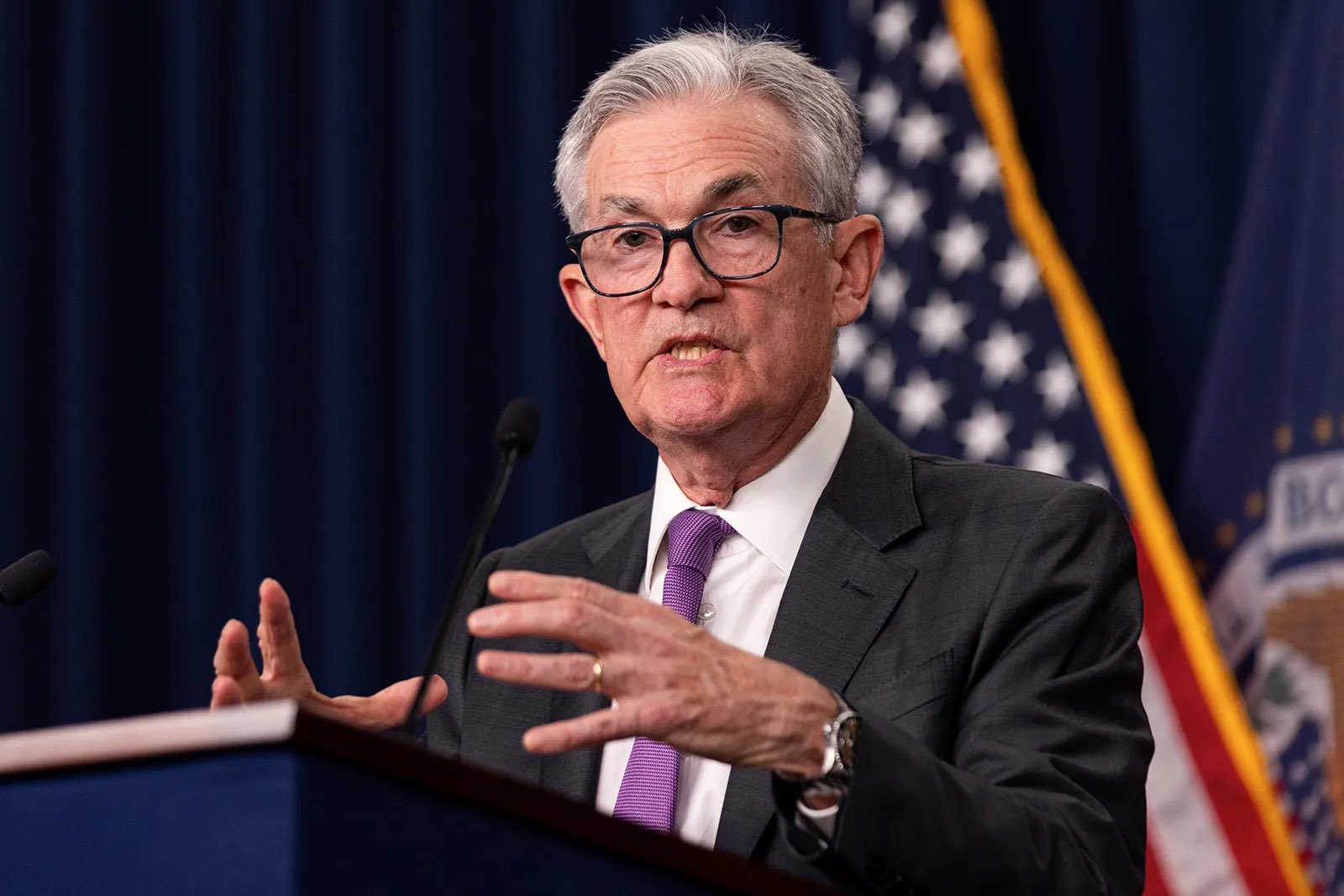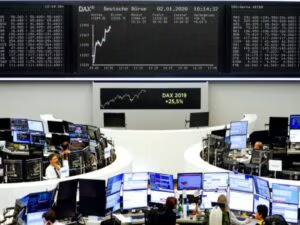U.S. stocks surged on Friday after Federal Reserve Chair Jerome Powell signaled that a softer labor market could warrant interest rate cuts as soon as September, sparking optimism across Wall Street.
The Dow Jones Industrial Average closed up 846 points (1.9%) at 45,631.74, its first record high of 2025. The S&P 500 advanced 1.5% to 6,466.91, while the Nasdaq Composite gained 1.9% to 21,496.53, driven by a rebound in major tech stocks. Small-cap equities also rallied, with the Russell 2000 jumping 3.9%.
Powell, speaking at the Jackson Hole symposium, noted that while inflation risks remain—especially from tariffs—the Fed must also account for weakening employment data. His remarks were widely seen as the clearest indication yet that the central bank is preparing to pivot from its restrictive stance.
"The stability of the unemployment rate and other labor market measures allows us to proceed carefully as we consider changes to our policy stance," Federal Reserve Chair Jerome Powell says at the Fed's annual Jackson Hole symposium https://t.co/ibbrbtU2Rj pic.twitter.com/IcrtynoknF
— Bloomberg TV (@BloombergTV) August 22, 2025
Bond yields dropped following Powell’s comments, as traders raised the probability of a September rate cut to nearly 90%, up from about 75% before his speech. Lower yields fueled gains in rate-sensitive sectors such as housing and consumer discretionary stocks, while travel and industrial names also benefited.
“Investors have been waiting for confirmation that rate relief is coming,” said one market strategist. “Today’s message shifted the September cut from likely to almost certain.”
Despite the rally, Powell emphasized that the Fed will remain data-dependent, balancing inflation risks against mounting pressure in the labor market.
By the Numbers: Market Reaction
- Dow Jones: +846 pts (1.9%) → 45,631.74 (record high)
- S&P 500: +1.5% → 6,466.91
- Nasdaq Composite: +1.9% → 21,496.53
- Russell 2000: +3.9% (small-cap rally)
- Probability of September Fed rate cut: ~90% (up from ~75%)
The strong session reinforced expectations that the U.S. economy could achieve a soft landing, with rate cuts supporting growth without reigniting inflationary pressures.





